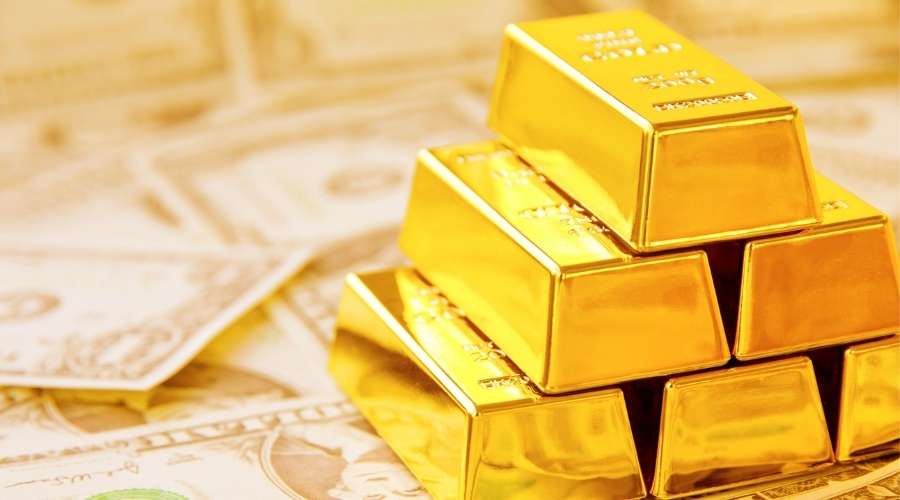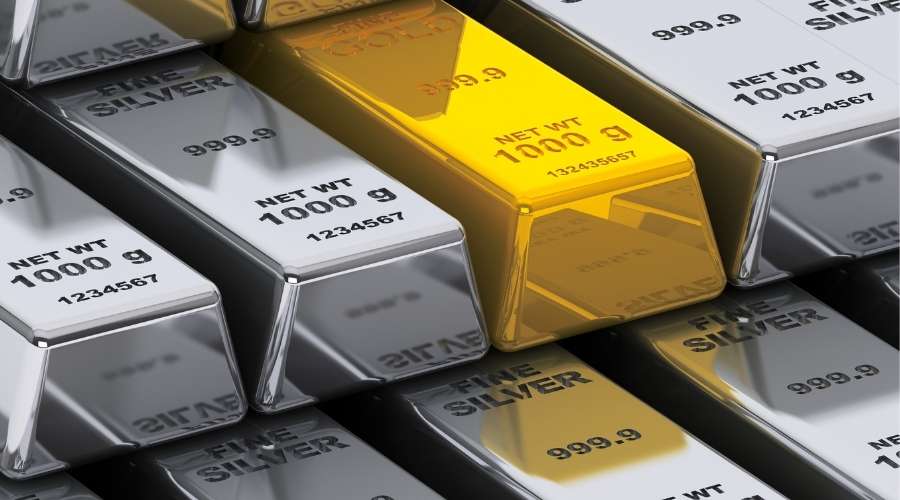The definition of precious metals is broad, ranging from gold to platinum. It is a term used in economics and accounting. A valuable metal has high industrial uses, such as for coins or jewelry but can also be used for its various alloys. Precious metals are often found in nature but can also be produced; they include platinum and silver, created by the earth’s heat and pressure. The purity of precious metal should also be considered when determining its value: it may have been mixed with other metals, so it is not pure enough to meet the standards and industry requires.

What is Considered a Precious Metal?
Some examples of precious metals are gold, silver, and platinum. Gold can be found in its natural form or produced by extracting it from its ore. It has been used for at least 2,000 years and is an essential resource for industry because it can be used to create alloys and jewelry. Silver is a relatively common metal used in coins, jewelry, and electronics but is more complicated to produce than gold due to its lower purity. It is considered less valuable than gold per gram despite costing significantly more. Platinum has similar properties to silver, but it is even rarer; it was discovered in its native form in the mid-eighteenth century. It is used in jewelry and industry.
Definition of a Precious Metal
A precious metal is a valuable metal. It is a material that has been used for centuries for jewelry, coins, and other items. Precious metals include gold, silver, platinum, and palladium. According to the US Geological Survey (USGS), these materials are considered valuable because they are rare and used in many industries.
Background Information or History of a Precious Metal
A precious metal is defined as an element with high industrial uses. Gold has been found in its natural form through mining or extracted from ore, like copper and iron. However, it can also be created through ultra-high temperature processes deep within the earth’s crusts. Many companies have recently discovered new ways to refine and purify gold by creating new alloys. Silver is another precious metal found in the earth’s crust. However, the USGS says it can be produced through other means like hydrometallurgical techniques to purify base metals like copper and nickel. The purity of precious metals is an integral part of their value. A purer material will cost more.

Definition of Purity and Gauge for Precious Metals
The purity of the metal is measured in terms of its ability to meet standards set by industry or supplier when making a product. In the case of precious metals, the purity will determine whether or not it meets industry standards and is most commonly used for jewelry. The concept of purity is measured in parts per thousand or percent. A gold ring that is 18K gold has a purity level of 75%, meaning that out of 100 pieces, only 25 were made from gold. Alternatively, a ring made from pure 24K gold has a purity level of 100%. Gauge refers to how thick the metal is. Precious metals are usually measured in millimeters according to their thickness.
Definition of Precious Metal and Scrap Metal Prices
The price of precious metal differs depending on its grade and composition (i.e., the amount of alloy it may contain). A scrap metal dealer will look at the metal’s purity percentage and its thickness (in millimeters) to determine its value. There are four grades of precious metals: purer than one-thousandth (100%), more significant than one-tenth (10%), greater than three-tenths (3/10), and greater than four-tenths (4/10). These grades are measured by weight, and the piece is graded for its quality.
Outlook for the Future of Precious Metals
The rise and fall of precious metals depend on supply, demand, and technology. In the future, the USGS sees demand increasing in critical industries such as electronics and transportation. However, they also predict a decline in gold prices because of new technology being developed to process raw materials and increase their purity. It can help reduce the cost of producing higher-grade materials, making them more affordable. The price of gold may then drop as a result.
Gold is a precious metal that has been used for many years by cultures all across the globe, making it one of the most valuable commodities available today. While its uses can be traced back thousands of years, it was not until ancient times that people realized its true worth and began to trade for it instead of other goods and services. It is easily recognizable and highly sought after because of its unique color and durability, making it an excellent bartering tool. Its uses have expanded to include jewelry, coins, and other small trinkets.
The price of gold is determined by many factors, which include the amount of gold that is mined, the type of metal (i.e., pure or alloy), and historical prices. Today, it continues to be one of the most popular commodities in the world because it is readily available around the globe and can be used for various purposes.
